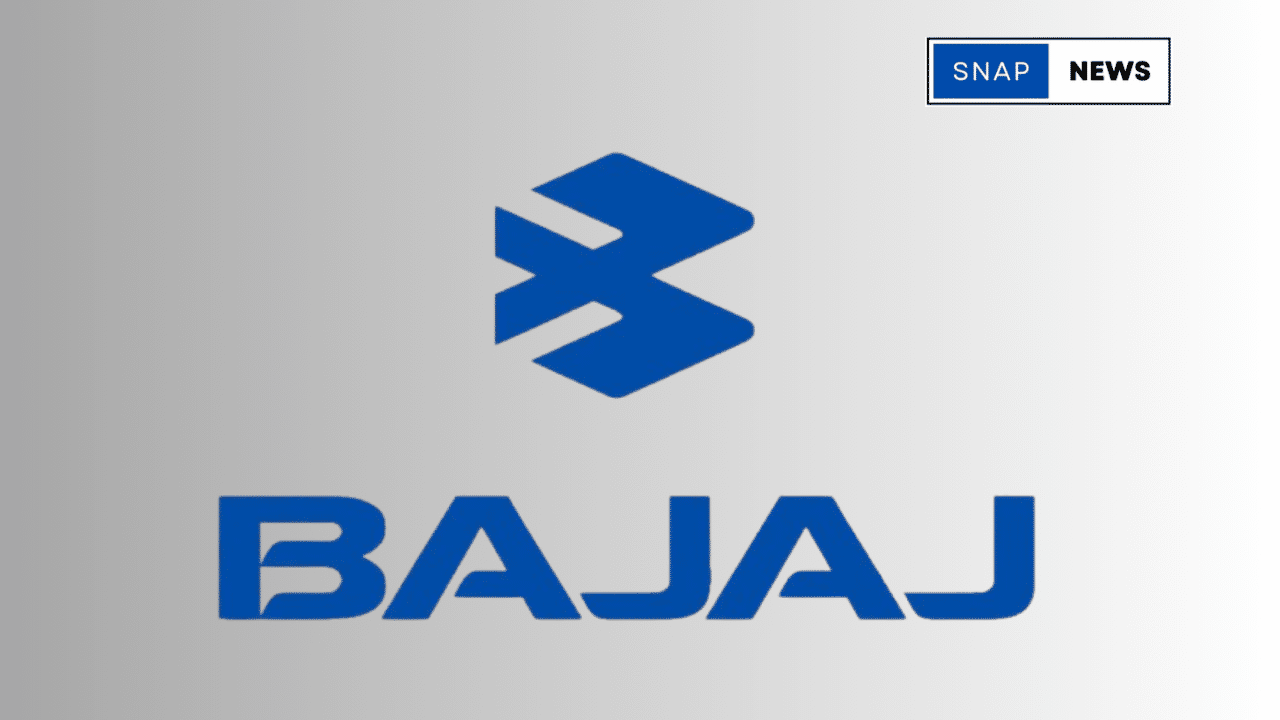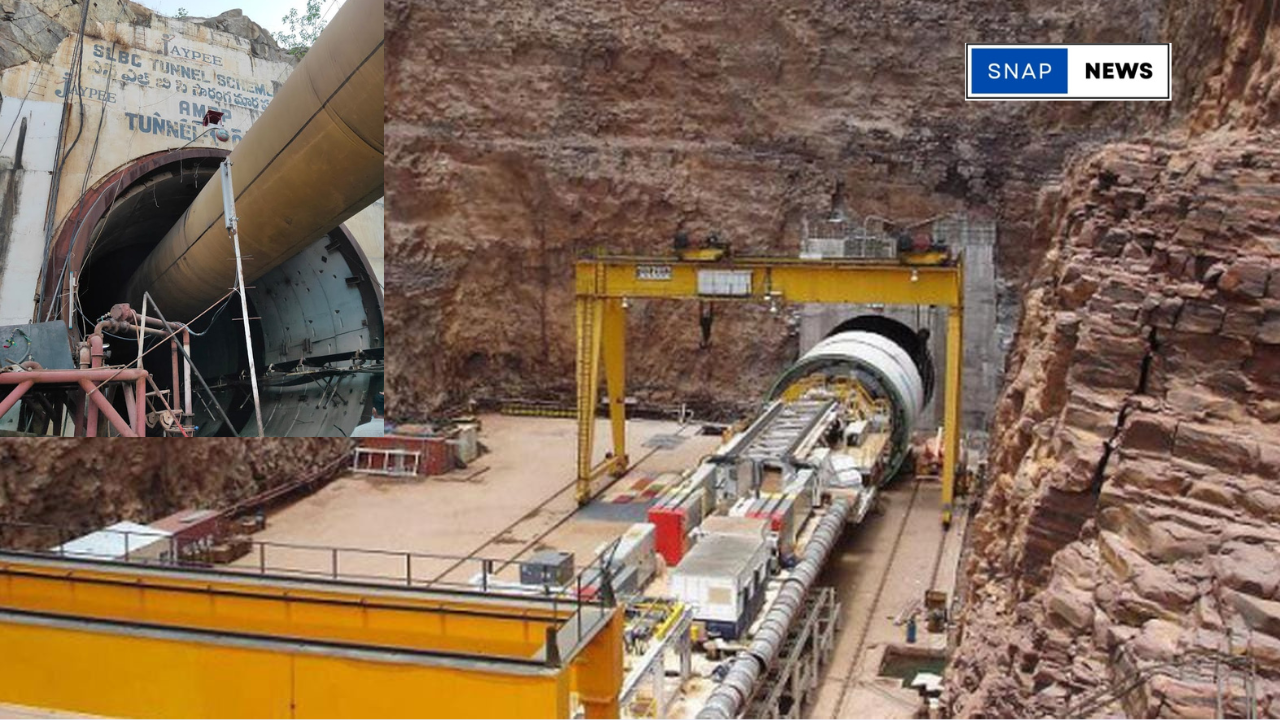Bajaj Auto Share Slumps 13% as Festive Sales Disappoint; Industry Faces Slowdown
Bajaj Auto share price crashed by 13.11% on the National Stock Exchange (NSE), closing at Rs 10,093.50. This drop followed disappointing Q2FY25 results, as the company missed profit expectations and signaled lower-than-anticipated festive season sales. The Bajaj Auto share became the top laggard in the Nifty 50 pack.

Festive Season Sales Miss Estimates, Impacting Bajaj Auto Share
Rakesh Sharma, Executive Director of Bajaj Auto, highlighted a significant challenge for the company’s sales performance during the ongoing festive season. “We expected growth of 6-8%, but it’s closer to 1-2%, very similar to last year. The overall two-wheeler market may only grow by 3-5% this festive season,” Sharma noted, raising concerns for the Bajaj Auto share in the near term.
Two-Wheeler Industry Slowdown Reflects on Bajaj Auto Share
As one of India’s largest two-wheeler manufacturers, Bajaj Auto’s performance is seen as a barometer for the industry. Following the announcement, shares of competitors like Hero MotoCorp and TVS Motor also declined by over 3%. The Nifty Auto index fell by 3.54%, closing at 24,991, adding to the downward pressure on the Bajaj Auto share.
Brokerage Reactions to Bajaj Auto Share Performance
Several brokerage firms have revised their outlook on the Bajaj Auto share. Global brokerage Citi issued a ‘sell’ rating, lowering its target price to Rs 7,800—a potential 33% drop from the previous day’s closing price. Similarly, CLSA maintains an “underperform” rating, with a price target of Rs 9,493, citing concerns over export recovery and market valuation.
Q2FY25 Results: Mixed News for Bajaj Auto Shareholders
Bajaj Auto posted a net profit of Rs 2,005 crore for Q2FY25, representing a 9% year-on-year increase. Revenue rose by 21.8% to Rs 13,127 crore. However, operating margins dropped to 16.6%, down from 18.1% in Q2FY24, raising red flags for the Bajaj Auto share as investors consider future earnings potential.
Challenges Facing the Two-Wheeler Sector and Bajaj Auto Share
- Muted consumer demand: Festive sales have underperformed.
- Increased competition: Electric vehicles are gaining traction.
- Regulatory changes: Stricter environmental norms could impact manufacturing costs.
- Global uncertainty: Key export markets, like Nigeria, remain below peak levels.
Outlook for Bajaj Auto Share and the Industry
The performance of the Bajaj Auto share will depend heavily on the remainder of the festive season and whether the company can recover in its key export markets. With demand in key segments stagnating, the stock may face continued downward pressure in the short term.
Conclusion: Bajaj Auto Share Faces Challenging Times
The disappointing festive season forecast and lower-than-expected Q2FY25 results have triggered a significant drop in the Bajaj Auto share. The two-wheeler industry’s growth is slowing, and companies like Bajaj Auto will need to adapt to emerging trends to maintain market share and investor confidence.
Key Takeaways:
- Bajaj Auto share dropped 13.11% following weak Q2 results.
- Festive sales growth expectations have been slashed.
- Brokerage firms issue ‘sell’ and ‘underperform’ ratings for the Bajaj Auto share.
- The two-wheeler industry faces challenges from muted demand and electric vehicle competition.
FAQs:
Q: Why did the Bajaj Auto share drop?
A: The Bajaj Auto share dropped due to disappointing Q2FY25 results and lower festive season sales expectations.
Q: What is the outlook for Bajaj Auto share?
A: The outlook for the Bajaj Auto share is cautious as muted demand and increased competition could impact growth in the short term.
Q: How did brokerages respond to Bajaj Auto’s Q2FY25 results?
A: Several brokerages issued ‘sell’ or ‘underperform’ ratings on the Bajaj Auto share, citing missed profit estimates and slower growth.
Investors are advised to closely monitor Bajaj Auto’s share performance in the coming months, as industry-wide challenges and evolving market dynamics could continue to impact the company’s stock and the broader two-wheeler sector.














